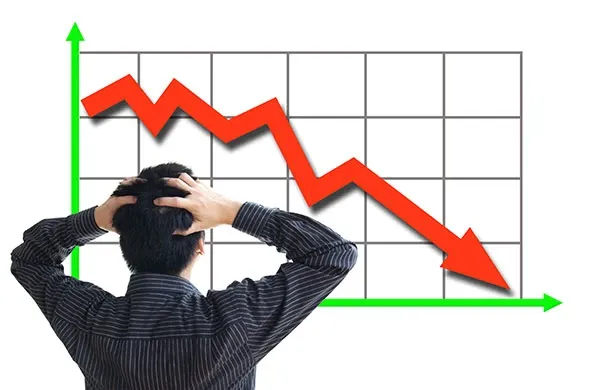D2C Revenue Set for $370 Million Surge
A new study by Juniper Research has found that satellite provider revenue from direct-to-cell (D2C) will exceed $370 million in 2026, up from $100 million this year.

During the final quarter of 2022, global smartphone shipments totaled 301.5 million units marking a decrease of 15.4% compared to the previous year, according to Omdia. Typically, the last quarter sees the most shipments, however, this year the tide changed with a disappointing and marginal 0.7% decrease compared to the previous quarter. Most major set OEMs recorded significant negative growth compared to the previous year, with double-digit falls in shipments.
As is typical in the fourth quarter of each year, Apple recorded the most shipments of any OEM: 74 million. This is a significant 41.6% increase from the third quarter of 2022, but still, an 13.3% fall compared to the jump in shipments seen in 4Q21. Apple is still feeling the same hit that has impacted the whole smartphone market, with the fourth quarter of 2022 finally breaking Apple's eight-quarter/two-year streak of continued growth, with every quarter from the fourth quarter of 2020 seeing positive growth, until now.
“Because its consumers are typically loyal and high-income customers, it was expected that the cost-of-living crisis wouldn’t affect Apple shipments in the same way it affects low and mid-range brands. But now, with the effects of inflation and production disruptions, Apple’s fourth-quarter bump in 2022 is disappointingly small compared to the previous year. Apple was confident in strong demand and had planned maximum production for these two models to counteract it. However, the suspension of production at the Foxconn plant put a damper on this,“ said Jusy Hong, Senior Research Manager at Omdia.
Samsung fell from first to second place. Although this is not just because of Apple’s fourth-quarter boost, but also because of a 15.4% fall, recording 58 million shipments in 4Q22 compared to 69 million in 4Q21. It also saw an 8.8% fall from the previous quarter, down from 64 million. Its market share, however, remains stable as other OEMs see larger falls.
The major Chinese OEMs are continuing to feel this decline in recent quarters. Xiaomi, Vivo, and Oppo, which each rank third to fifth in shipments, all recorded a decline of more than 25% in the fourth quarter compared to the same period in the previous year. Xiaomi remains the third largest smartphone OEM by shipments, with 33 million recorded in 4Q22. But this is a significant fall from both the previous quarter (41 million in 3Q22, an 18.0% fall) and the previous year (45 million in 4Q21, a 26.5% fall).
Oppo Group and vivo swapped fourth and fifth place, although both see a decline. vivo shipped 24 million units in 4Q22, a minor fall from 25 million in 3Q22, but a big 25.8% fall from the 32 million units shipped in the previous year. Oppo Group saw an even bigger fall, from 29 million in the previous quarter to 23 million in the fourth quarter, a 20.3% fall. Compared to the previous year, it is a 29.1% fall from 33 million.
Over 2022, there were 1,207 million recorded shipments. This is a fall of 9.9% from the 1,340 million shipments recorded in 2021. Honor was the only major set OEM to see growth, having recorded 59 million in 2022 compared to 40 million in 2021. Apple and Motorola were the two OEMs most resilient to the general trend of decline, each seeing small falls of 1.3% and 1.4% respectively. Samsung’s final recorded shipments in 2022 are 259 million, the most of any OEM, but this is still a 4.8% fall from the 272 million recorded in 2021. Those most hit were the Chinese set OEMs, with Xiaomi, vivo, and Oppo group all seeing significant double-digit falls in shipments.
“Shipments and targets have fallen, with many OEMs including Apple and Samsung falling further than predicted. So much is at play affecting consumer demand for smartphones, but the key driver is inflation squeezing wage packets and reducing disposable income. A strong dollar against other currencies also discourages OEM’s profitability and dampens promotions and marketing activities. On the production side, high inventories and low demand is resulting in continued reductions in production volumes. It will take time for the market to recover, with an increase in shipments unlikely until at least the third quarter of 2023,“ concluded Hong.